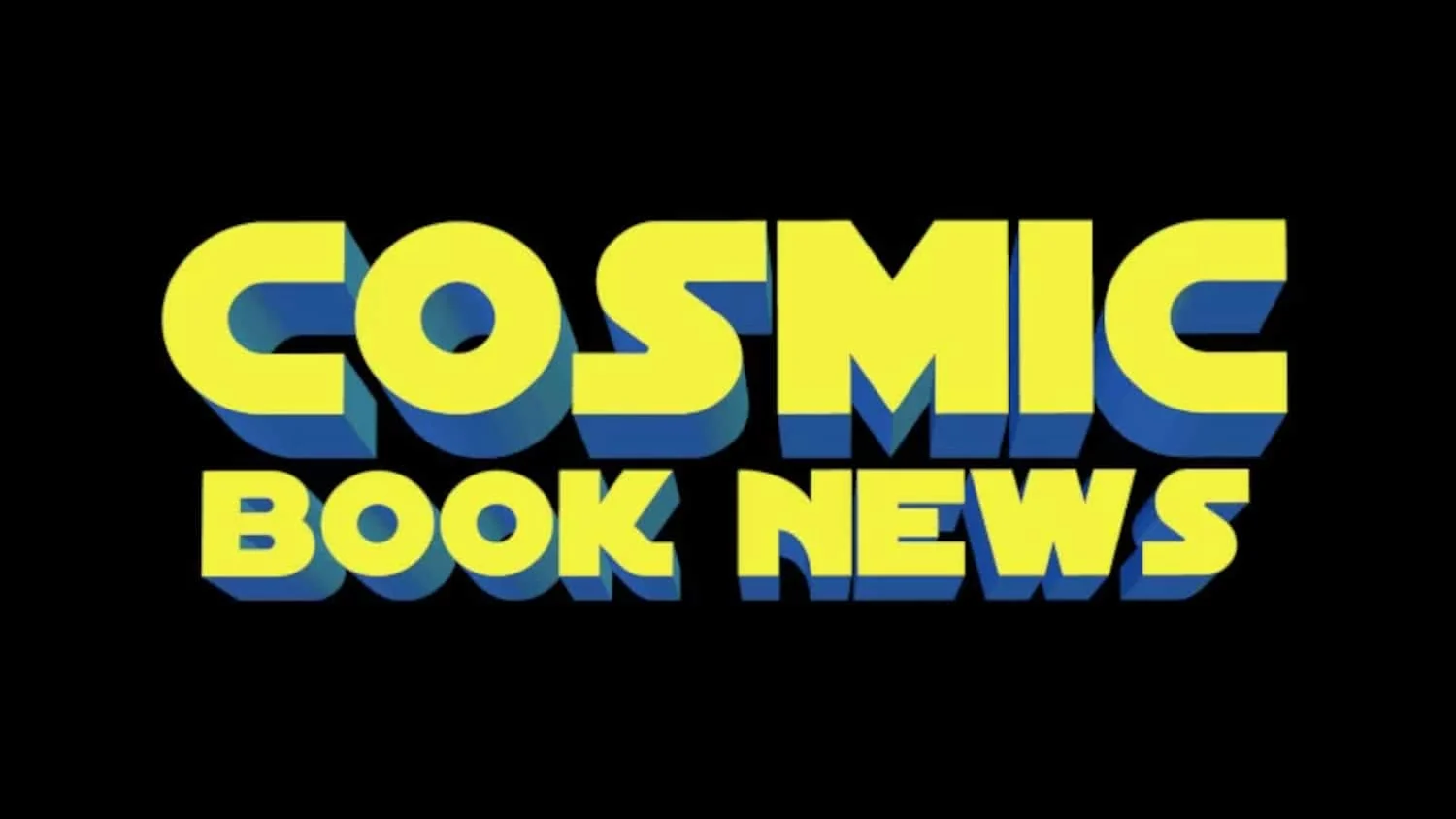Michael Giacchino Composing Spider-Man: Homecoming
Update: Michael Giacchino confirms composing Spider-Man: Homecoming. The rumors are true… pic.twitter.com/yG4RXUSVvC — Michael Giacchino (@m_giacchino) November 6, […]

Catch up on the latest Movie News, where we bring you updates on upcoming blockbusters, casting announcements, exclusive trailers, and box office reports. Explore articles featuring in-depth movie reviews, interviews, and insider scoops on the biggest releases in Hollywood and beyond. Whether you’re into action, drama, sci-fi, or indie films, this is your go-to source for all things movies.
Update: Michael Giacchino confirms composing Spider-Man: Homecoming. The rumors are true… pic.twitter.com/yG4RXUSVvC — Michael Giacchino (@m_giacchino) November 6, […]
Jason Momoa debuted as Aquaman in Batman Vs. Superman and follows the cameo up with a major role
Yesterday saw word that the Ben Affleck Batman movie is suffering from serious problems, and now the source
The Doctor Strange Friday box office numbers are in which sees the film speculated for an $80 million+
Is there a Captain Marvel Easter Egg in the Doctor Strange movie? There may be. In our list
The Dwayne Johnson Jumanji movie has seen its release date pushed back. Originally the Jumanji sequel was going
Spoilers follow for the Doctor Strange movie. In our list of over 25 Doctor Strange Easter Eggs it’s
Obvious spoilers follow for the Doctor Strange movie. Check out a list of Doctor Strange Easter Eggs and
Check out details on a Doctor Strange deleted scene shared by director Scott Derrickson which is straight out
The Doctor Strange post-credit scene has leaked online. Obvious spoilers follow. “Doctor Strange” has a November 4, 2016
Following his appearance in the Big Hero 6 movie, Disney announces Stan Lee will be back in the
It’s not a could end-of-week for Warner Bros’ DC wing. Back in March saw Joseph Gordon-Levitt depart the
Following the disappointing theatrical version of Zack Snyder’s Batman Vs. Superman, the disappointing ending to David Ayer’s Suicide
With the release of the new Wonder Woman trailer comes some new information about the movie. One particular
It’s being reported the Justice League movie has found its villain with Ciaran Hinds playing Steppenwolf. Reportedly, Steppenwolf
It has been said the Inhumans movie will eventually be cancelled which is a result of the fallout
Fresh off of her critically and fan-acclaimed appearance as Psylocke in X-Men: Apocalypse, Olivia Munn has been cast
X-men writer Chris Claremont offers his thoughts on why the X-Men, Wolverine and the mutants are no longer
Following the departure of director Tim Miller, now Deadpool 2 has lost its composer with Junkie XL. Junkie
While discussing the unexpected team-ups in Avengers: Infinity War, Marvel Studios president and producer Kevin Feige talks Thanos